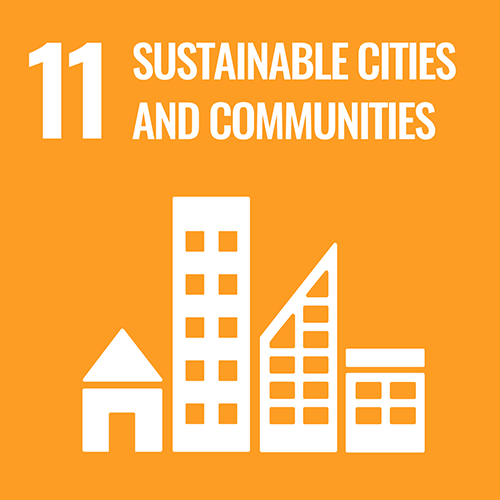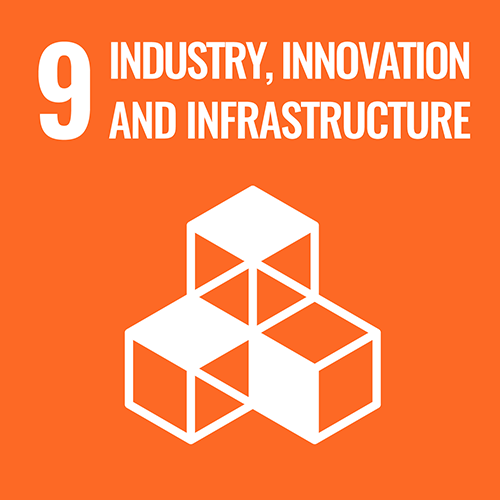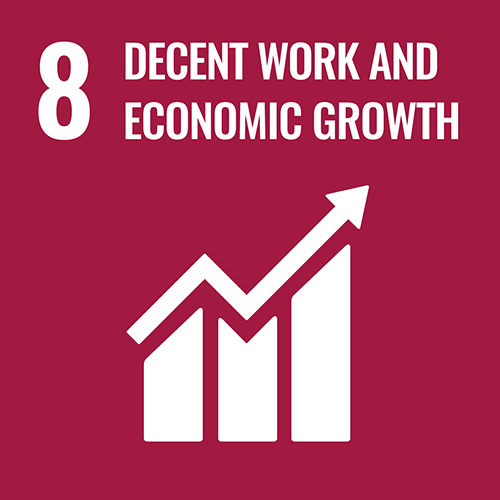By Ziaad Suleman, Chief Executive Officer of Cassava Technologies in South Africa and Botswana
Anyone who’s ever bought a home or applied for a loan in South Africa knows that the process is anything but seamless. Similarly, starting a business, extending a loan, or accessing basic banking services often involves outdated, manual steps that slows progress and frustrates customers. It’s almost as if these systems aren’t built with people in mind.
These everyday frustrations are precisely what the financial services sector is working to change. With the 2025 G20 Summit fast approaching, and with digital transformation high on the agenda, hyper-converged technology, real-time services, and trust-centric design have become critical not just for competitiveness but for inclusion, economic growth, and national resilience. They’re tools that can make life easier, more inclusive, and more economically empowering for ordinary citizens.
Cloud is making instant, always-on service a reality.
Today’s financial services clients want real-time responsiveness. Whether it’s a credit approval, a fraud alert, or a product selection, delays can cost trust and lead to the loss of customers. With real-time data processing, institutions can respond quickly and effectively, meeting customers where they are – often on mobile devices, outside traditional banking hours, or in low-data areas.
Cloud platforms have made this a reality. They enable organisations to grow, reduce infrastructure overheads, and modernise without overhauling their entire IT function. They also unlock automation and cost efficiency and lay the foundation for advanced technologies like AI.
For financial services institutions, a single breach can erode years of credibility. Data security is essential for business continuity and customer confidence, and the tools used to detect and prevent cyber threats and attacks must at least match or rather be better than the sophistication of cyber criminals. Customers expect solutions and products that are secure and easy to use. This means that the technology stack behind these seamless experiences must be able to handle complexity while ensuring ease of use at the front end.
Beyond banking: The financial institutions of the future
So, what does the future look like for South Africa’s financial services sector? We’ve already seen banks beginning to blur the lines between traditional services and everyday life. Think about renewing your vehicle licence, arranging insurance, or purchasing data using your banking app. And it won’t stop there.
As banks become integrated digital ecosystems, they’ll offer everything from government services to lifestyle subscriptions like food delivery, ride-hailing and streaming, all driven by data and powered by partnerships. Data will become a strategic asset, enabling new levels of personalisation, smarter authentication, and deeper customer insights. Loyalty programmes will evolve from simple points to comprehensive value ecosystems.
All of this is only possible with agile, secure, and AI-ready infrastructure, provided by technology companies like Cassava Technologies. Our holistic connectivity, cloud, compute, and cyber security solutions, along with a bespoke payments service, delivered through our Liquid Intelligent Technologies and Liquid C2 businesses, play a key role in enabling this evolution for organisations across industries.
But making sure that all of this is available and accessible to every citizen is where the challenge lies.
Digital transformation means nothing without digital inclusion.
Digital transformation doesn’t take place overnight. For most institutions, it’s a careful balancing act between modernising infrastructure without disrupting core operations or compromising on security. That’s where hyper-convergence comes in. Instead of managing siloed tools for cloud, security, data, and hardware, organisations are integrating them into a unified stack that’s easier to manage, scale, and secure. These aren’t plug-and-play solutions. They need precise planning and a deep understanding of how systems interact. When done right, the result is seamless – no more long waits or endless paper trails.
For South Africa’s financial institutions, the challenge has moved beyond modernising systems to reimagining their role in society. Banks of the future won’t just offer financial products; they’ll be aggregators of life services. But this vision only works if it’s available to everyone, not just the wealthy or urban few.
More than 25% of South Africans remain digitally excluded, without access to devices, connectivity, or digital skills. Without them, there can be no thriving economy, no mass market for financial services, and no scalable innovation.
That’s why inclusion must sit at the centre of digital strategy, with partnerships between tech providers, banks, government, and education institutions. We need public digital hubs, youth skilling programmes, and accessible infrastructure. And we need businesses to open their doors to young people from underserved communities, helping to grow a digitally enabled and economically active population.
When we design infrastructure that connects people, not just systems, we unlock potential in every corner of the country. That’s how we shift from digital transformation to economic transformation. Not for some. For all.


















